Ever wondered why some home-cooked meals taste restaurant-worthy while others fall flat? The secret isn’t fancy equipment or years of culinary school – it’s knowing which affordable ingredients pack the biggest flavor punch.
Smart cooks know that a few strategic additions can transform ordinary dishes into memorable meals, while other seemingly innocent ingredients can sabotage your dinner plans. Let’s explore the budget-friendly heroes and sneaky villains hiding in your kitchen!
1. Canned Tomatoes: Your Pantry’s Secret Weapon
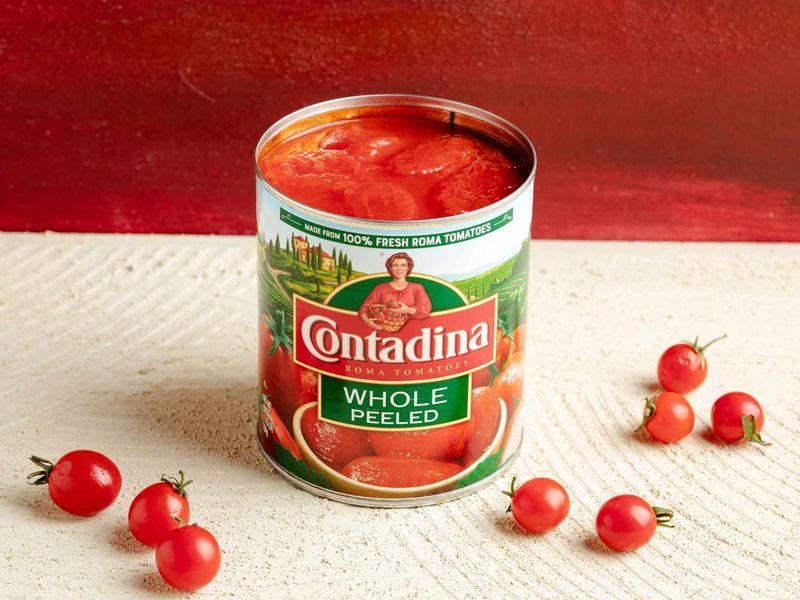
Professional chefs swear by these ruby gems for building deep, complex flavors in everything from pasta sauces to stews. Unlike their fresh counterparts, canned tomatoes are picked and processed at peak ripeness, locking in summer flavor year-round.
The concentrated umami taste comes from naturally occurring glutamates that intensify during the canning process. Look for whole peeled varieties – they maintain better texture and give you control over the final consistency.
San Marzano tomatoes, while pricier, offer exceptional sweetness and acidity balance. Even the standard supermarket brands will elevate your cooking far beyond what watery winter tomatoes could ever accomplish.
2. Garlic: The Aromatic Game-Changer
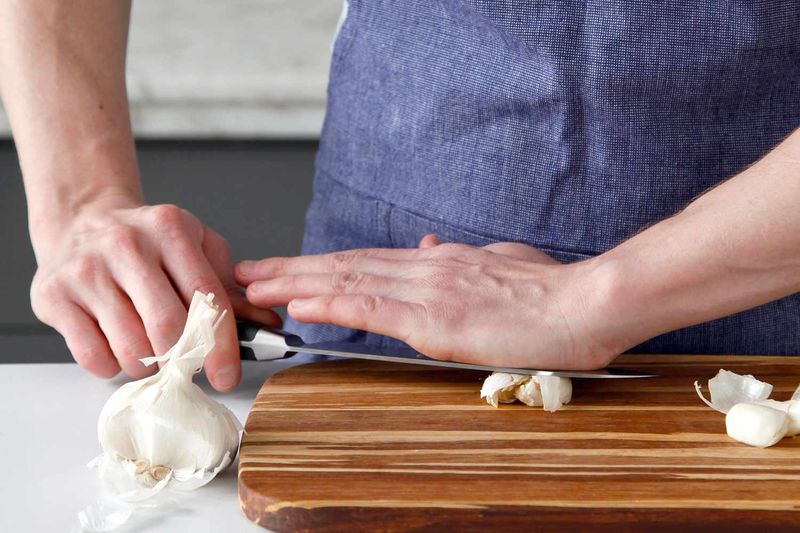
Nothing announces “serious cook at work” like the intoxicating aroma of garlic hitting hot oil. This humble bulb transforms from pungent to sweet and nutty when properly cooked, creating an instant flavor foundation for countless dishes.
Skip the pre-minced stuff in jars – it simply can’t compare to fresh. Smashing whole cloves with the flat side of your knife before chopping releases more essential oils and intensifies flavor.
For maximum impact, add garlic at different cooking stages: some early for mellow background notes, some near the end for brighter punch. At just pennies per clove, no other ingredient delivers such dramatic results for so little investment.
3. Lentils: The Protein-Packed Flavor Sponge
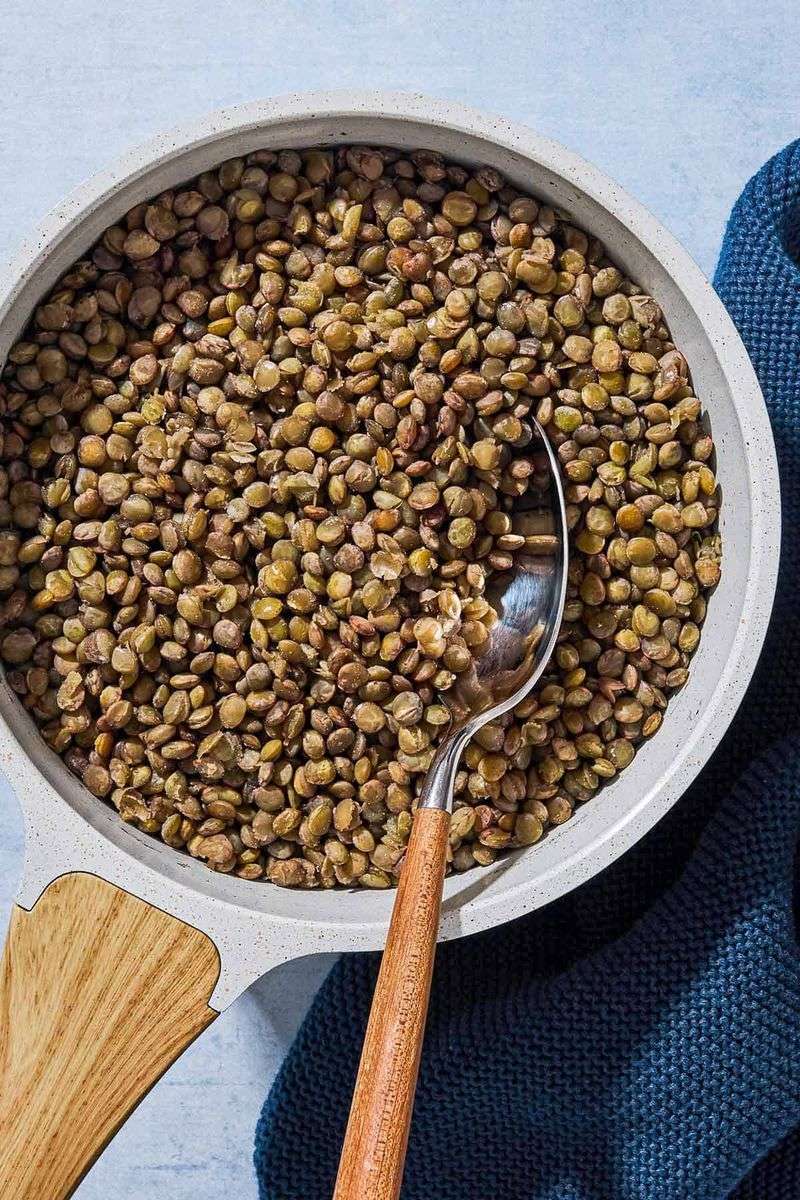
These tiny powerhouses cost mere cents per serving yet absorb flavors like expensive meat. French chefs have long relied on lentils du Puy for sophisticated dishes that satisfy even dedicated carnivores.
Red lentils disappear into soups and curries, creating velvety textures without cream. Brown and green varieties hold their shape, making them perfect for hearty salads and side dishes that showcase your culinary creativity.
Their quick cooking time (no pre-soaking required!) makes them perfect for weeknight meals. Add a bay leaf, garlic, and a splash of acid like lemon juice or vinegar while cooking to transform these humble legumes into something restaurant-worthy that guests will rave about.
4. Soy Sauce: The Umami Master

Far more than just an Asian condiment, this fermented flavor bomb is the secret behind many professional chefs’ most crave-worthy dishes. A few drops add that mysterious “can’t-put-your-finger-on-it” depth that makes people think you spent hours developing flavors.
Use it beyond stir-fries – add a splash to tomato sauces, gravies, or even chocolate desserts! The savory umami compounds enhance other ingredients without making dishes taste Asian.
Opt for naturally brewed varieties (check the label) for cleaner flavor. Dark soy sauce provides color and richness, while light versions offer saltiness with less visual impact. This versatile liquid instantly elevates marinades, dressings, and even simple roasted vegetables to chef-worthy status.
5. Fresh Herbs: Your Windowsill Wonder Garden
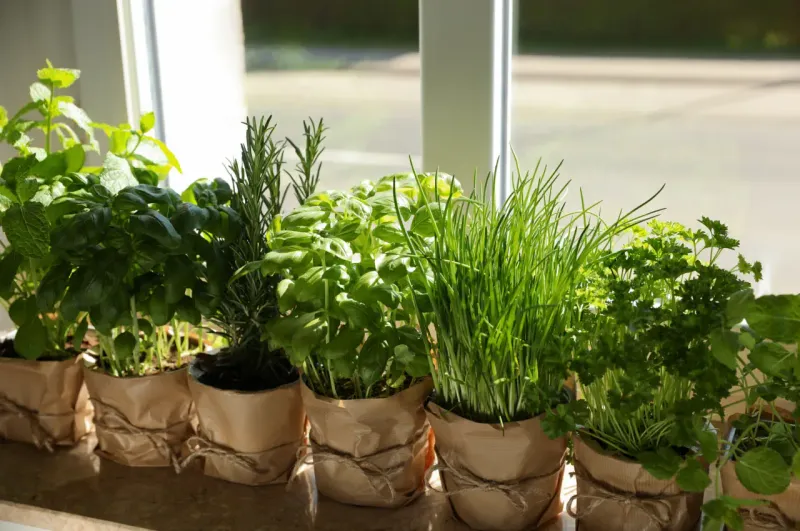
Nothing screams “serious cook” like finishing a dish with freshly snipped herbs. Growing your own means you’ll always have these bright flavor boosters on hand without the shocking grocery store price tag.
Basil, cilantro, parsley, and chives thrive on sunny windowsills with minimal effort. Their vibrant colors and aromas transform ordinary dishes into restaurant-worthy creations in seconds.
The secret is adding them at the right moment – hardy herbs like rosemary and thyme can withstand long cooking, while delicate ones like basil and cilantro should be tossed in just before serving. When guests ask about your culinary training after tasting your herb-flecked dishes, just smile mysteriously and thank your windowsill garden.
6. Plain Greek Yogurt: The Creamy Multitasker
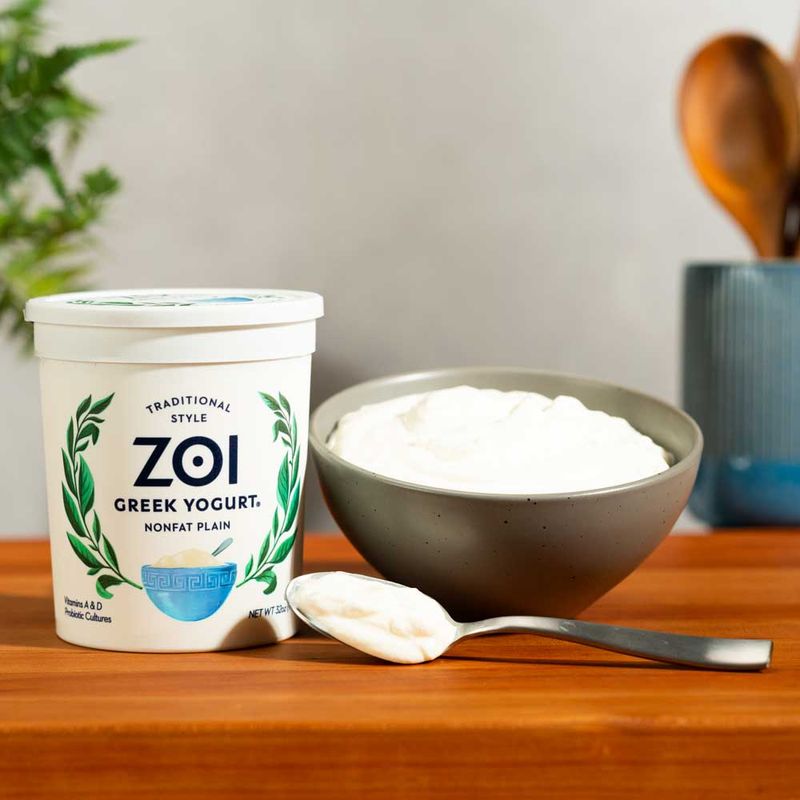
Savvy home cooks know this protein-packed dairy marvel performs culinary magic far beyond breakfast parfaits. Its tangy richness creates luxurious sauces and dressings without heavy cream’s calorie bomb.
Swap it for sour cream in everything from tacos to baked potatoes. The thick texture and pleasant acidity cut through rich dishes while adding silky body to soups and marinades. For Middle Eastern-inspired meals, nothing beats a garlicky yogurt sauce drizzled over roasted vegetables or grilled meats.
The secret to cooking with yogurt is temperature control – add it off-heat or it might separate. Full-fat versions provide the most satisfying results, but even lower-fat options deliver impressive creaminess that will have dinner guests convinced you’re using professional techniques.
7. Lemon Juice and Zest: The Brightness Booster
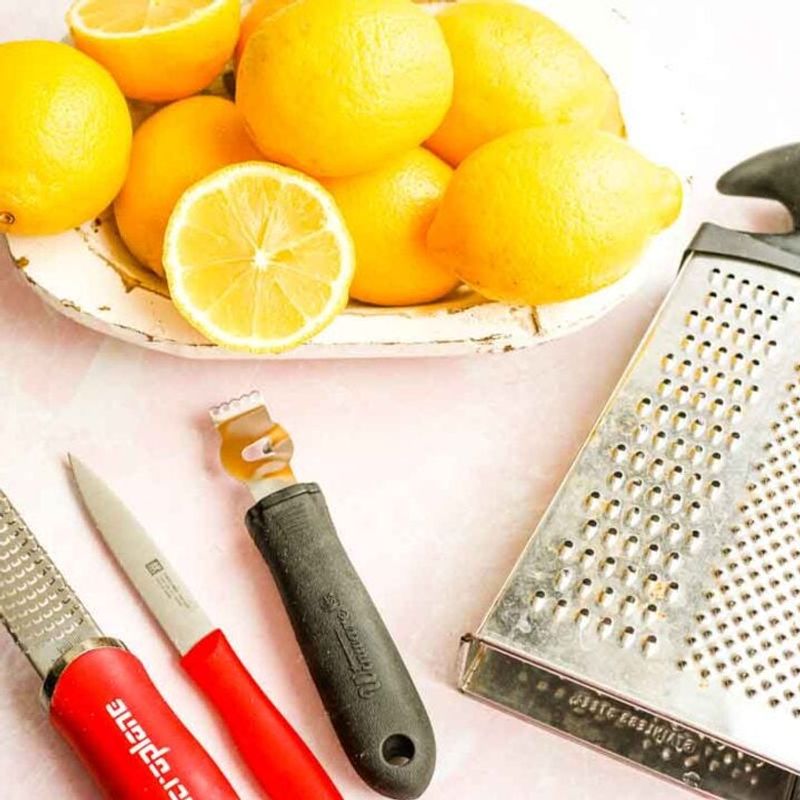
Professional chefs understand that acidity is often the missing link in home cooking. A quick squeeze of lemon juice acts like a volume knob, instantly amplifying other flavors without tasting lemony itself.
The zest contains aromatic oils that add sophisticated complexity to everything from pasta to roasted chicken. Grate it directly over finished dishes for an impressive flavor burst that signals serious culinary know-how.
Keep lemons on hand for their transformative power – they cut through richness, balance sweetness, and wake up bland dishes. That moment when dinner tastes flat? A few drops of lemon juice often solves the problem, performing the same magic that makes restaurant food taste vibrant and alive. Bottled juice can’t compare to the bright intensity of fresh.
Some cheap ingredients bring bold flavor and versatility—others just bring regret.
1. Pre-Shredded Cheese: The Flavor-Robbing Shortcut
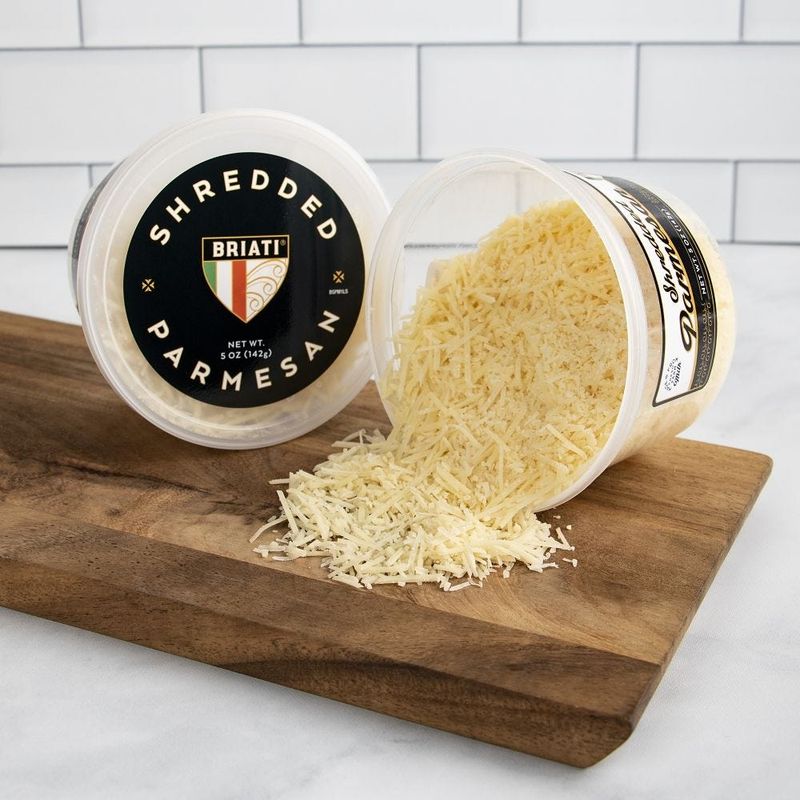
Those convenient bags of shredded cheese hiding in your refrigerator are secretly sabotaging your cooking efforts. The anti-caking agents and preservatives that prevent clumping also create a powdery coating that stops cheese from melting properly.
The result? Grainy mac and cheese, stringy quesadillas, and pizza toppings that resemble plastic rather than the gooey, stretchy cheese pull of your dreams. Fresh cheese contains more moisture and natural oils that create that irresistible melt factor.
Block cheese stays fresher longer and offers superior flavor. The extra minute spent grating is worth every second when your cheese sauce turns out silky smooth instead of grainy. Plus, pre-shredded varieties often contain wood pulp (cellulose) to prevent sticking – not exactly a premium ingredient!
2. Iodized Table Salt: The Flavor Flattener

That cylindrical blue container from childhood has no place in serious cooking. Iodized table salt contains anti-caking agents and iodine compounds that impart a slightly metallic taste, flattening the complex flavors you’re working to build.
Professional kitchens use kosher or sea salt exclusively. Their larger crystals dissolve more gradually and distribute more evenly, allowing for better seasoning control. The clean, pure taste enhances food without the chemical undertones.
The price difference is minimal for such a dramatic flavor upgrade. Kosher salt’s pinchable texture makes it easier to gauge quantity by feel rather than measuring spoons. Keep table salt for baking where precise measurements matter, but for everything else, your cooking deserves the purity of kosher or sea salt.
3. Imitation Vanilla Extract: The Artificial Disappointment

That inexpensive brown liquid labeled “vanilla flavor” is essentially synthetic chemicals trying to mimic vanilla’s complex profile – and failing miserably. Real vanilla contains hundreds of flavor compounds that develop during curing, creating depth that artificial versions can’t replicate.
In heat-intensive recipes like cookies, fake vanilla’s shallow flavor profile dissipates quickly. The artificial aftertaste becomes particularly noticeable in delicate desserts like custards and ice creams.
Pure extract costs more because real vanilla beans are labor-intensive to grow and harvest. However, the price difference in the final dish is negligible – pennies per serving for dramatically improved results. The rich, floral complexity of genuine vanilla extract signals quality ingredients and attention to detail that discerning palates will immediately recognize.
4. Canned Mushrooms: The Texture Travesty
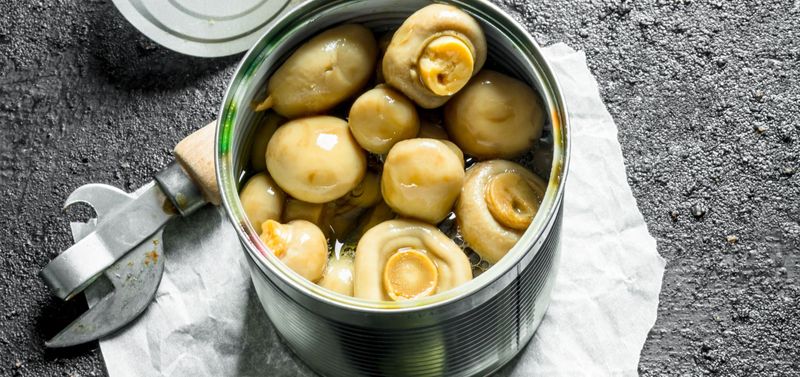
These rubbery, flavor-depleted impostors bear little resemblance to their fresh counterparts. The canning process strips mushrooms of their delicate texture and earthy complexity, leaving behind spongy, waterlogged pieces that contribute little beyond basic mushroom shape.
Fresh mushrooms develop rich umami notes when properly sautéed, creating caramelized edges and concentrated flavor. Their varied textures – from velvety to meaty – add dimension to dishes that canned versions simply cannot provide.
Even basic button mushrooms, when freshly sliced and browned in butter, deliver superior results. If fresh isn’t an option, dried mushrooms make a better emergency substitute – their intense flavor reconstitutes well in water, creating both ingredients and a flavorful broth. Your risotto, stir-fries, and pasta dishes deserve better than the canned compromise.
Leave a comment